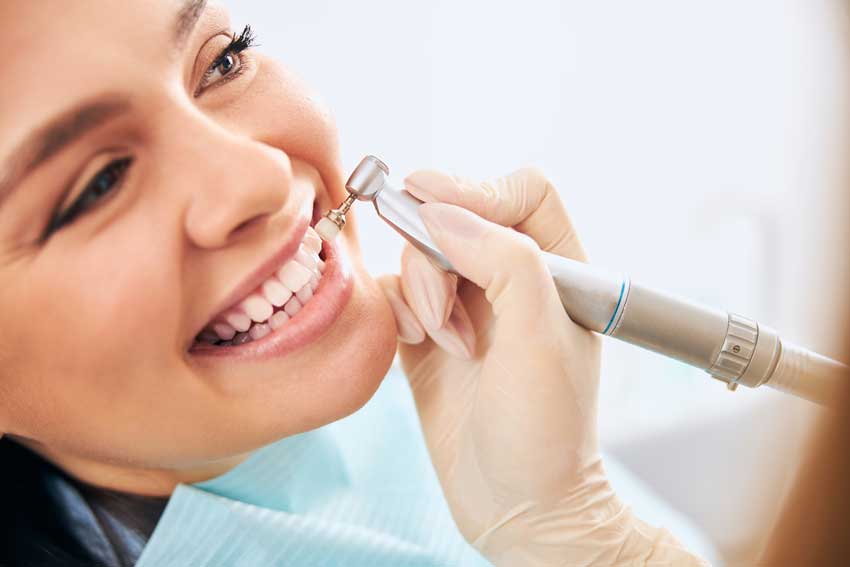
Getting a professional look in dentistry is important in the prognosis of the restorations and patient satisfaction. Dental polishers are essential in this course to enable dentists to smoothen and finish surfaces and improve the aesthetics and durability of restoration. In other words, learning how to effectively apply these tools improves the effectiveness of the work being done by dental specialists.
Table of Contents
Why Dental Polishers Are Essential to Obtain Optimal Results
Dental polishers are meant for finishing smooth and polished lined surfaces on restorations such as fillings, crowns, veneers, etc. They also make the restoration look better and at the same time, the functionality and hygiene of the item are enhanced. Any surface that is not rough has minimal chances of holding plaque or bacteria as a result the patients will easily be in a position to maintain personal, and oral hygiene.
The proper use of dental polishers is essential for delivering high-quality outcomes. Whether working with composite, ceramic, or amalgam materials, polishers allow dentists to achieve a natural, enamel-like finish that blends seamlessly with surrounding teeth.
Tips for Achieving a Professional Finish
1. Choose the Right Polisher for the Material
A variety of restorative materials need the use of a specific polisher for the best result to be achieved. For instance:
- Silicone polishers work well for composite restorations, providing a high-gloss finish.
- Diamond polishers are ideal for ceramics and zirconia, as they are designed to handle harder materials.
- Rubber polishers are versatile and suitable for smoothing metals like amalgam.
2. Use a Multi-Step Polishing System
The professional-looking results can then be achieved at the expense of time in this fashion as a second and third polish may be needed. Use a rough one to eliminate rough surfaces and then switch to higher numbers until you achieve a shiny polished surface. On the market, there are commonly available polishing sets that contain tools numbered for one’s ease of use in sequence.
3. Maintain Proper Speed and Pressure
Polishing is usually delicate and demanding by the standards of mechanics; sharpening at high speed with great pressure can compromise its efficiency. The slow and steady motion of each coefficient avoids fast or over polishing and using less force enables the surface to be polished without causing heat or becoming/due to non-uniformity.
4. Pay Attention to Surface Contours
Restorations are frequently irregular in configuration and dimensions and therefore present some challenges. To remove rust from where it is difficult to reach use polishers that are made to fit in particular areas such as pointed tips to be used on groves and flat discs for a wide area. This makes it possible for all parts of the restoration to have an equal and the most appropriate finish.
5. Keep the Work Area Moist
Dry polishing can produce heat to cause other undesirable effects such as damage to the restoration or even causing the patient to feel uncomfortable. Never use alcohol or abrasive cleaners as they may heat the item and retain a smell for longer periods. This also assists in getting a smooth outcome at the end.
The Benefits of Mastering Dental Polishing
Through this, dentists can achieve restoration that closely resembles the natural teeth apart from making them stronger. Patients receive dovetailed returns from more polished, gleaming, and bacterially-friendly surfaces and restorations that provide a natural blend with the patient’s teeth.
Dental polishers are not only cosmetic tools they are also important tools in the treatment of cases that have been restored. Comparing the final results, favorable effects such as reduced incidence of secondary caries, staining, and wear can be achieved by proper polishing.
Conclusion
It is very important to have the right equipment, the right equipment, and the right approach to get a professional-looking finish with dental polishers. It is possible to get a finely polished restoration through an adequate choice of polisher, a logical sequence of actions, and a detailed operating manner.
For patients, the difference is noticeable: polished restorations do not look artificial, they are comfortable to wear and are good for your overall oral health. So for dentists, knowledge about dental polishers is a sign of a good care delivery training process. Polishers are used wherever an individual tooth or an entire mouth needs restoring whether through a simple crown or a full smile reconstruction.
You must be logged in to post a comment.